
What is the difference between parsley and coriander?
Parsley and coriander are two popular herbs that often create confusion in the culinary world. While they may look somewhat similar, they serve distinct roles in various dishes. Understanding the difference between parsley and coriander can elevate your cooking and help you choose the right herb for your recipes.
Parsley, known for its bright green, finely curled leaves, is commonly used to garnish and add freshness to a multitude of dishes. It has a mild and slightly peppery flavor that complements everything from salads to soups. It's an essential element in Mediterranean cuisine, appearing in tabbouleh and as a decoration on plates.
Coriander, on the other hand, features broader leaves and is recognized for its unique, vibrant taste that often elicits strong reactions. The fresh leaves, known as cilantro in some regions, are widely used in Mexican and Asian cuisines. Coriander brings a zesty element to salsa, curry, and even guacamole.
The significance of distinguishing between these two herbs cannot be overstated. Misusing them can alter the flavor profile of your dish completely. So next time you're cooking, think carefully about whether you need parsley or coriander—knowing the difference can make all the difference in your culinary creations.

Nutrition Table for Parsley (per 100 grams)
|
Nutrient |
Amount |
|---|---|
|
Calories |
36 kcal |
|
Carbohydrates |
6.3 g |
|
Vitamin A |
421 μg |
|
Vitamin C |
133 mg |
|
Vitamin K |
1640 μg |
|
Iron |
6.2 mg |
|
Water Content |
85% |
Nutrition Table for Coriander (per 100 grams)
|
Nutrient |
Amount |
|---|---|
|
Protein |
2.1 g |
|
Fat |
0.5 g |
|
Carbohydrates |
3.7 g |
|
Vitamin C |
27 mg |
|
Vitamin K |
5.0 μg |
|
Magnesium |
26 mg |
|
Water Content |
92% |
Difference Between Parsley and Coriander
-
Botanical Family: Parsley belongs to the Apiaceae family, while coriander (also known as cilantro) is from the same family but is a different species (Coriandrum sativum).
-
Appearance: Parsley has flat, curly, or ruffled leaves, whereas coriander has broader, jagged leaves that often appear more delicate.
-
Uses: Parsley is commonly used as a garnish or in Mediterranean, Middle Eastern, and European cuisines. Coriander is used in a variety of dishes, especially in Asian, Latin American, and Indian cooking, with both leaves and seeds used.
-
Seeds: Parsley does not have seeds that are typically used in cooking, whereas coriander seeds are aromatic and widely used as a spice in many global cuisines.
-
Health Benefits: Both herbs have health benefits, but parsley is particularly high in Vitamin K, while coriander has antioxidant properties and is known for supporting digestion.
-
Cultivation: Parsley prefers cooler climates and can be grown in a range of soils. Coriander tends to bolt (go to seed) quickly and prefers warm climates.
Benefits of Parsley and Coriander
Parsley:
-
Rich in Nutrients: High in vitamins A, C, and K, as well as folate, iron, and antioxidants, parsley supports overall health and immune function.
-
Supports Digestive Health: Parsley helps in digestion by stimulating bile production, aiding in the breakdown of fats and easing digestive discomfort.
-
Improves Skin Health: Rich in vitamin C and other compounds, parsley helps in collagen production, improving skin elasticity and reducing signs of aging.
-
Supports Kidney Health: Parsley has diuretic properties that help cleanse the kidneys by promoting urine production and reducing the risk of kidney stones.
Coriander (Cilantro):
-
Rich in Antioxidants: Coriander is packed with antioxidants that help protect the body from oxidative stress and inflammation.
-
Supports Blood Sugar Control: Studies suggest that coriander can help regulate blood sugar levels, making it beneficial for people with diabetes.
-
Promotes Heart Health: Coriander is high in fiber, which helps lower cholesterol levels, contributing to a healthy heart.
-
Detoxifies the Body: The leaves and seeds of coriander have natural detoxifying properties that help remove heavy metals from the body, improving liver function.
Culinary Uses
-
Parsley:
-
Garnish: Commonly used as a garnish to add color and freshness to dishes like soups, stews, and salads.
-
Salads: Added to fresh salads for a mild, peppery flavor.
-
Herb Blends: Included in herb mixes like herbes de Provence and bouquet garni.
-
Pesto: Used in place of basil in green pesto for a unique twist.
-
Soups and Stews: Often used in broths or soups to enhance flavor without overpowering the dish.
-
Coriander (Cilantro):
-
Garnish: Used fresh as a garnish for Mexican, Indian, and Asian dishes like tacos, curries, and rice.
-
Salsas and Sauces: Key ingredient in fresh salsas, chutneys, and green sauces (like Thai or Indian chutney).
-
Curries and Stews: Common in Indian, Middle Eastern, and Latin American curries, stews, and soups.
-
Marinades: Ground coriander seeds are often used in marinades for meats, especially in Middle Eastern or Indian cuisine.
-
Tacos and Burritos: Fresh coriander is a staple topping for tacos, burritos, and other Mexican dishes.

Understanding Parsley and Coriander
Parsley and coriander, though similar in appearance, have distinct flavor profiles that make them suited for different culinary uses. Parsley has a mild, fresh taste, making it ideal as a garnish or subtle seasoning in salads, soups, and pastas. In contrast, coriander has a bold, citrusy flavor that can dominate dishes like curries and salsas.
Both herbs play unique roles in cooking, with parsley offering a background flavor and coriander providing a vibrant, zesty note. The choice between the two depends on the dish's flavor profile—parsley for a gentle accent, and coriander for a more pronounced, aromatic taste.
Some people may find coriander's taste polarizing due to its strong flavor. Experimenting with both will allow you to discover their individual qualities and how they enhance your dishes.
This Blog post is an initiative by Lo! Foods, to provide accurate and Nutritionist / Doctor approved information related to Health. Lo! Foods is India's leading brand for Everyday Functional Foods. Foods designed for specific Health conditions or Needs. Lo! Foods also runs India's largest range of Low Carb Healthy Cloud Kitchens, under the brand names of Lo!, ProteinChef, ATH (All Things Healthy) and DiabeSmart.



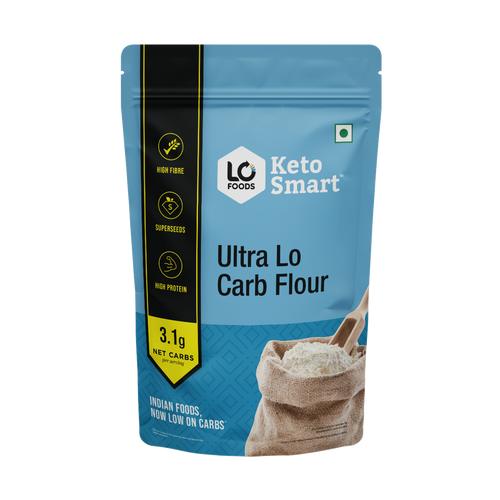
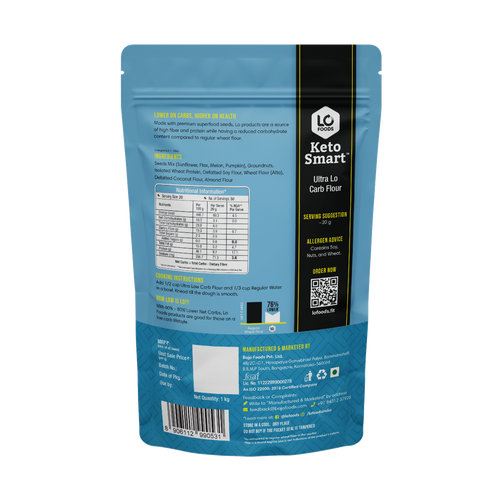
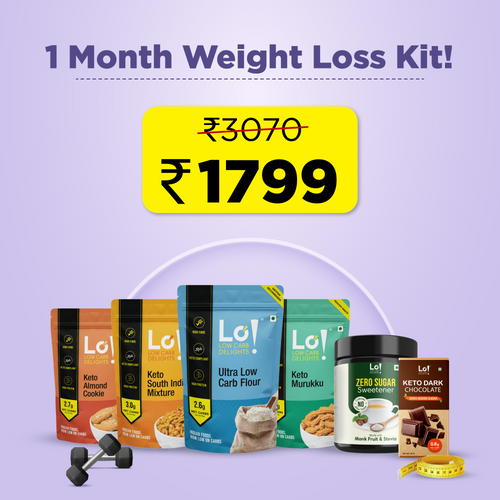
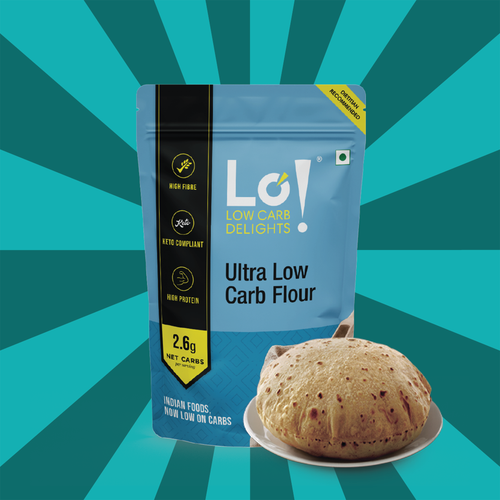


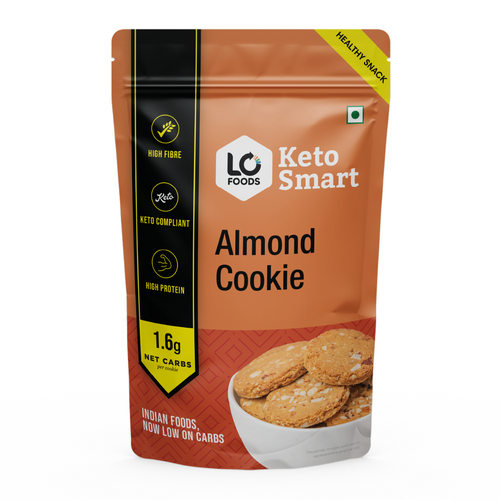

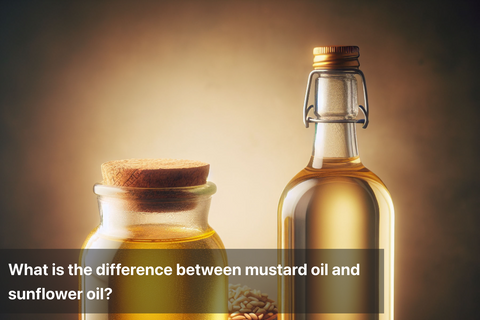

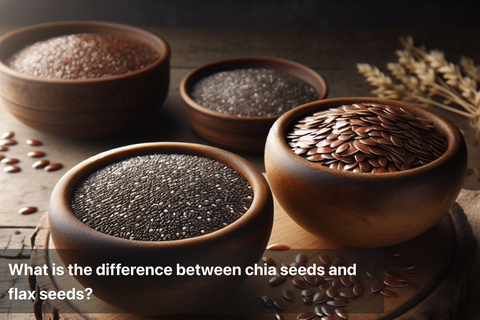

Leave a comment
Your email address will not be published.